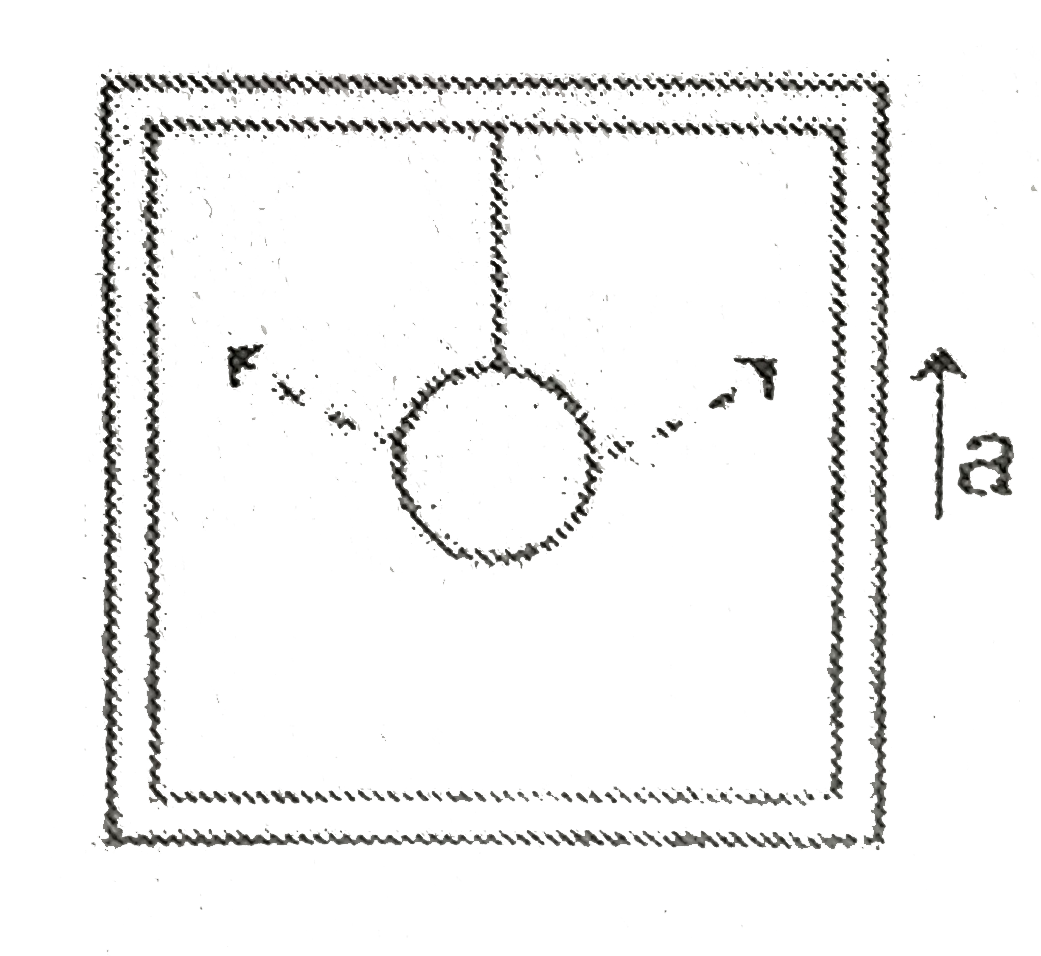How do you measure the time period of a given pendulum? Why do you note the time for more than one oscillation?
To measure the time period of a given pendulum, follow these steps:
1. Set Up the Pendulum:
- Securely attach the pendulum so that it can swing freely. Ensure that the pendulum bob is at its mean (rest) position.
2. Displace the Bob:
- Gently pull the pendulum bob to one side, moving it slightly away from its mean position. This is important to ensure that the pendulum will swing back and forth.
3. Release the Bob:
- Let go of the bob without pushing it. This will allow it to swing back and forth in a regular motion.
4. Count the Oscillations:
- Use a stopwatch to measure the time taken for a specific number of oscillations. It is recommended to measure the time for 20 complete oscillations for better accuracy.
5. Record the Time:
- Start the stopwatch when the bob is at the mean position and stop it after the pendulum has completed 20 oscillations. Note the total time taken for these oscillations.
6. Calculate the Time Period:
- To find the time period (T) of the pendulum, divide the total time recorded by the number of oscillations (20 in this case):
T=Total Time for 20 Oscillations20
Explanation of Why to Note Time for More than One Oscillation:
- Minimizing Errors:
- Measuring the time for a larger number of oscillations (like 20) helps to average out any errors that may occur during the measurement. Single measurements can be affected by human reaction time, stopwatch inaccuracies, or other external factors. By taking multiple oscillations, these errors are minimized, leading to a more accurate determination of the time period.
- Securely attach the pendulum so that it can swing freely. Ensure that the pendulum bob is at its mean (rest) position.
- Gently pull the pendulum bob to one side, moving it slightly away from its mean position. This is important to ensure that the pendulum will swing back and forth.
- Let go of the bob without pushing it. This will allow it to swing back and forth in a regular motion.
- Use a stopwatch to measure the time taken for a specific number of oscillations. It is recommended to measure the time for 20 complete oscillations for better accuracy.
- Start the stopwatch when the bob is at the mean position and stop it after the pendulum has completed 20 oscillations. Note the total time taken for these oscillations.
- To find the time period (T) of the pendulum, divide the total time recorded by the number of oscillations (20 in this case):
T=Total Time for 20 Oscillations20
- Measuring the time for a larger number of oscillations (like 20) helps to average out any errors that may occur during the measurement. Single measurements can be affected by human reaction time, stopwatch inaccuracies, or other external factors. By taking multiple oscillations, these errors are minimized, leading to a more accurate determination of the time period.
Topper's Solved these Questions
- BOOK - ICSECHAPTER - MEASUREMENTS AND EXPERIMENTATION EXERCISE - TOPIC 2 SIMPLE PENDULUM (4 Marks Questions )1videos
MEASUREMENTS AND EXPERIMENTATION
- BOOK - ICSECHAPTER - MEASUREMENTS AND EXPERIMENTATION EXERCISE - TOPIC 2 SIMPLE PENDULUM (2 Marks Questions )19videos
MEASUREMENTS AND EXPERIMENTATION
- BOOK - ICSECHAPTER - MAGNETISM EXERCISE - EXERCISE-10(B) (Multiple Choice Type)2videos
MAGNETISM
- BOOK - ICSECHAPTER - MOTION IN ONE DIMENSION EXERCISE - EXERCISE -2 (C) ( Multiple choice type :)17videos
MOTION IN ONE DIMENSION
Similar Questions
How do you measure work done?
View SolutionHow do you measure density of a gas?
View SolutionState how does the time period of a simple pendulum depend on mass of bob.
View SolutionHow do you change the pitch of a wind instrument?
View SolutionA scientist measures the time period of a simple pendulum as T in a lift at rest. If the lift moves up with accelerationi as one fourth of the acceleratioin of gravity, the new time period is
 View Solution
View SolutionState how does the time period of a simple pendulum depend on length of pendulum.
View SolutionState how does the time period of a simple pendulum depend on amplitude of oscillation .
View SolutionHow does the time period (T) of a simple pendulum depend on its length (l)? Draw a graph showing the variation of T2 with l. How will you use this graph to determine the value of g (acceleration due to gravity) ?
View SolutionHow do you explain the functionality of a monomer?
View SolutionHow do you explain the functionality of a monomer?
View Solution
